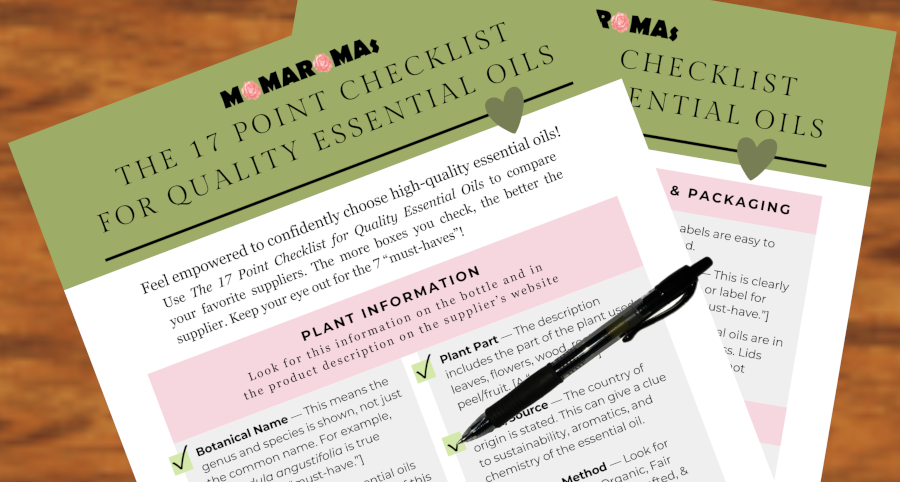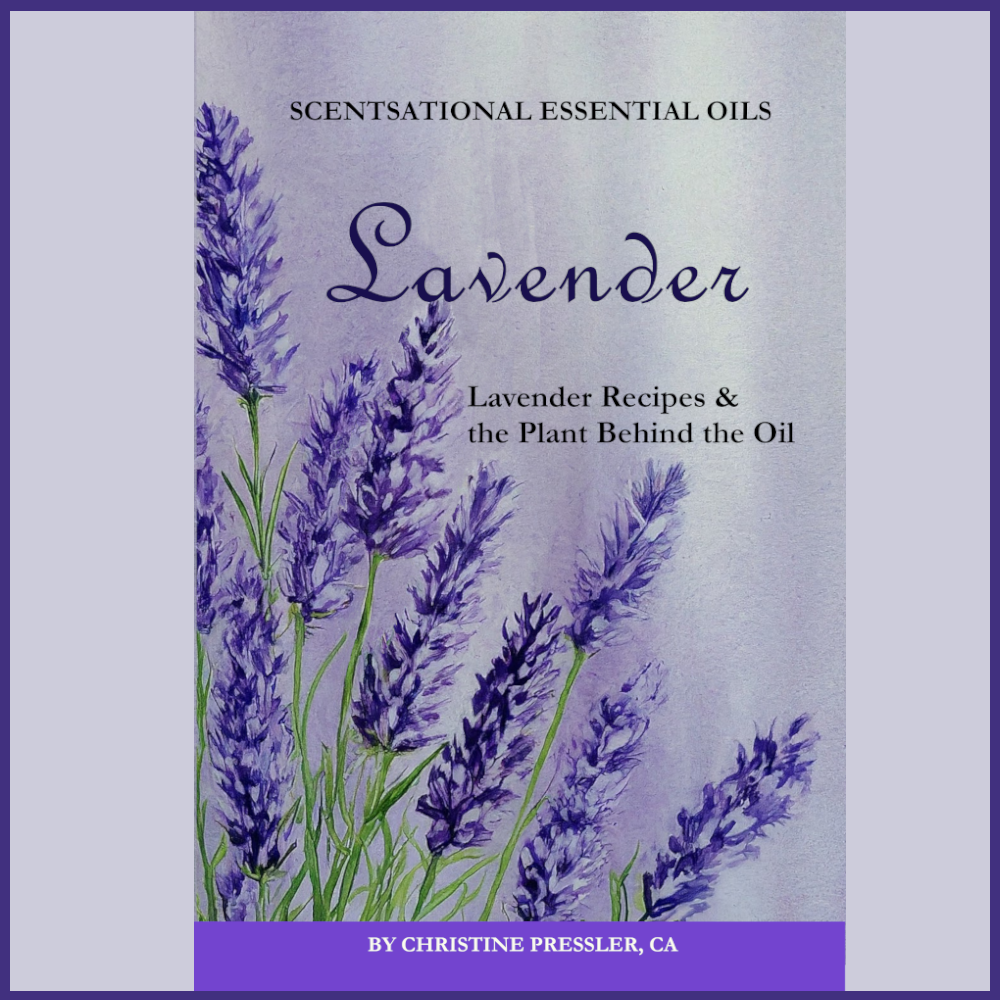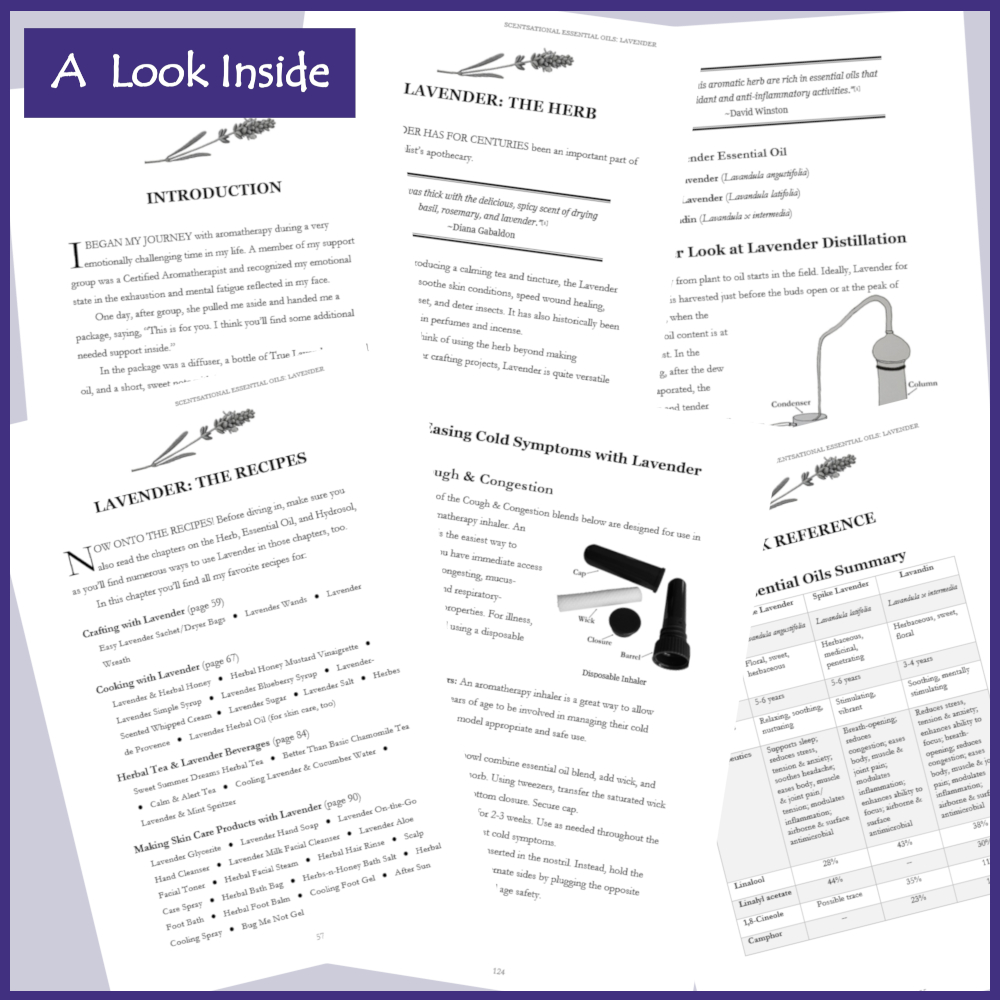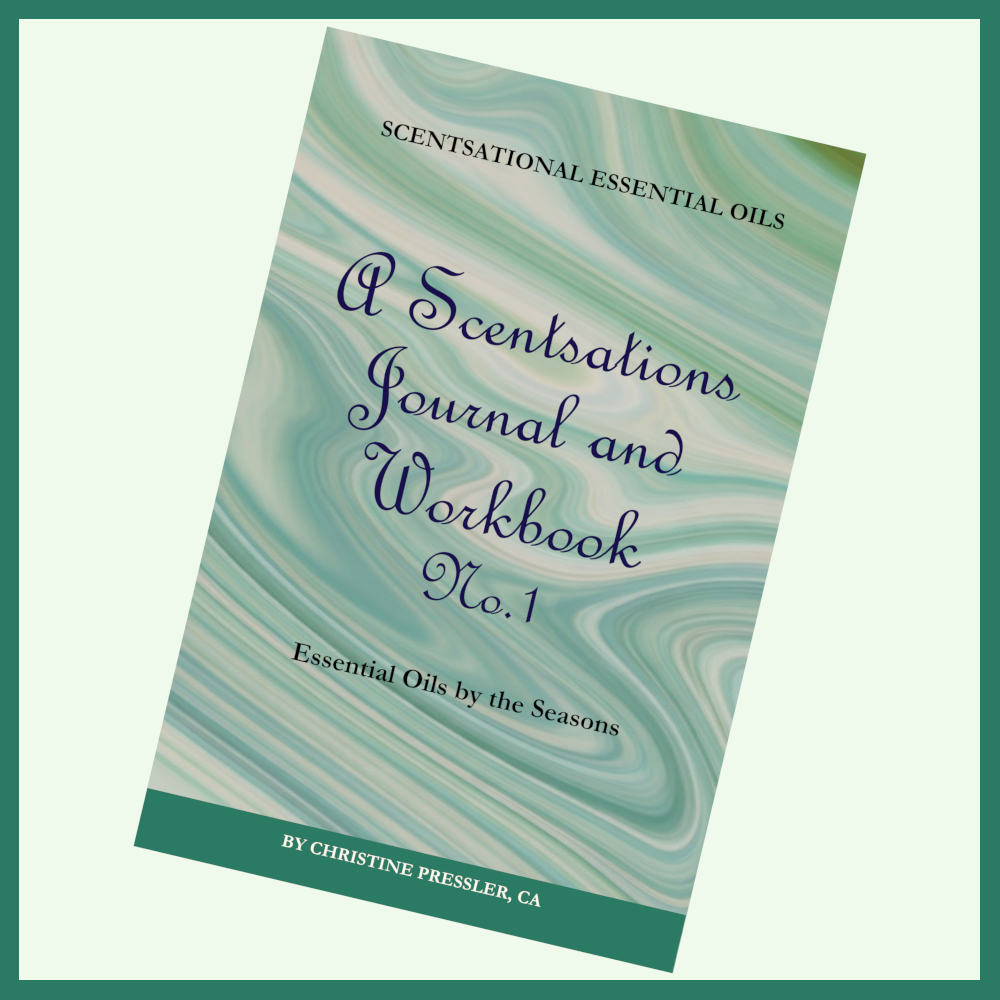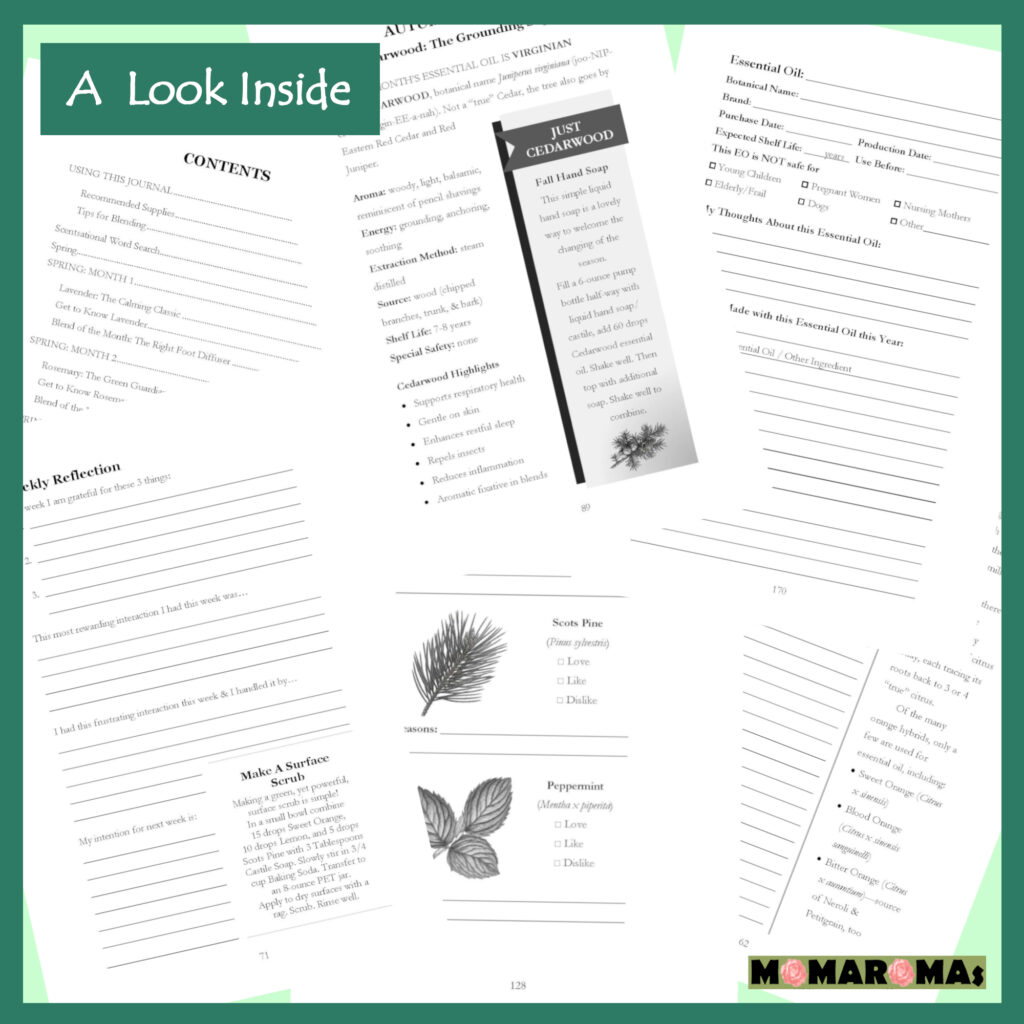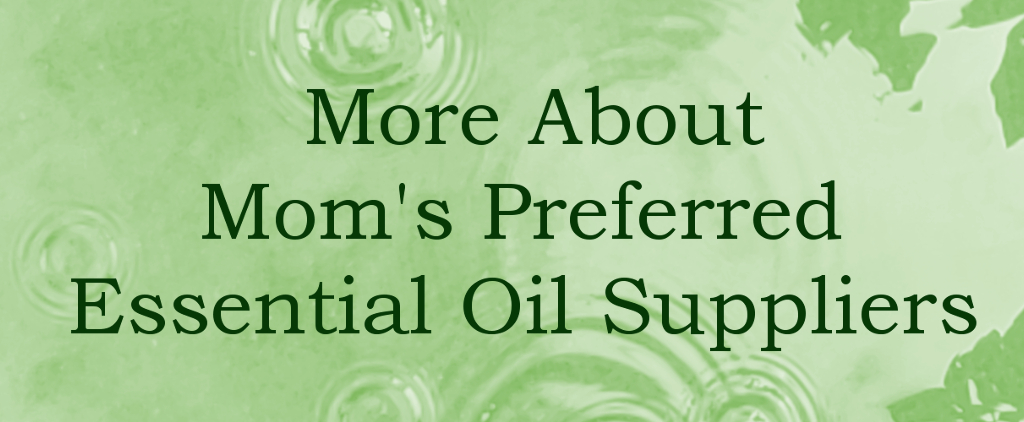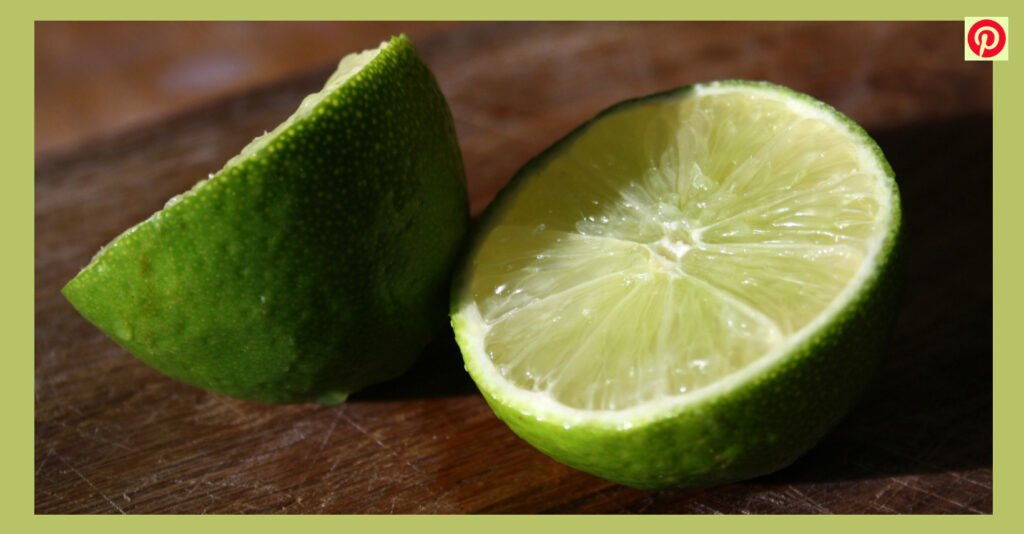
The Powerful Aroma and Energy of Lime Essential Oil
Lime essential oil, with its invigorating and uplifting aroma, is a popular choice for aromatherapy, skincare, and even cleaning. Its bright, citrusy scent can instantly boost your mood and add a refreshing touch to your day. But did you know there’s more to Lime essential oil?
[This post contains affiliate links. If you make a purchase through one of these links I may earn a commission. This does not impact your price. For more information, please see our disclosure.]
In this Post:
My Lime Essential Oil Story
Years ago, when I first started working with essential oils, I often heard and read how people “loved” Lime essential oil. Sadly, I tried both cold pressed and steam distilled versions from multiple suppliers and never understood the attraction. It was too powerful, to my nose taking over every blend I tried it in. I gave up, not considering or opening those bottles again.
Time passed… Time passed. Then, one day, after talking with a group of Scentsational friends who “loved” Lime essential oil and who encouraged me to try it again, I decided to give it another chance. I bought a bottle of distilled Lime essential oil from Aromatics International.
After it arrived in its lovingly packaged box, I went through my standard scent appreciation steps. And you know what I discovered? It wasn’t a problem with Lime essential oil, it was a problem with my uninspired nose!
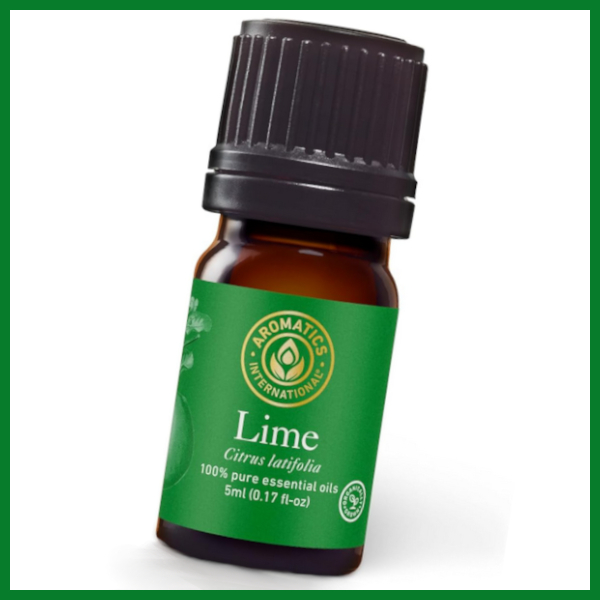
Since then, I have come to love and truly appreciate the beautiful sparkling aroma and uplifting energy of Lime essential oil.
Lime Essential Oil Extraction Methods
Lime essential oil is primarily extracted through two methods: cold pressing and steam distillation.
Cold Pressed Lime: This method, also known as expression, is commonly used for citrus essential oils. It involves mechanically pressing the peels of the fruit to release the oil. Cold pressed Lime essential oil tends to have a strong, authentic lime fragrance, closely resembling the scent of freshly cut limes.
🔶️Special Safety Considerations: Cold pressed Lime essential oil contains non-volatile chemical constituents called furanocoumarins. These chemicals can cause photosensitivity when used topically, making skin more susceptible to serious sunburn. To avoid skin reaction to UV light exposure, use no more than 4 drops of cold pressed Lime essential oil in 1 ounce of suitable carrier—the dermal limit is 0.7%.[1]
Steam Distilled Lime: In this process, steam passes through chopped limes. The heat releases volatile chemicals in the peels, which are then transported in the steam. The steam is rapidly cooled, causing it to condense. As the condensed vapor collects, the essential oil separates from the water fraction; this water fraction is called Lime hydrosol.
Steam distillation can result in a less intense aroma compared to cold-pressed oil. In my opinion, however, the slight softening of aroma doesn’t detract from the aroma or therapeutics of this zesty essential oil. And steam distilled Lime is my general preference, since it doesn’t have the photosensitivity precautions of cold pressed.
Lime Hydrosol: When plant material is steam distilled, the condensed water fraction is called hydrosol, a term coined by the late Jeanne Rose.[2] Lime hydrosol is gentle and refreshing to skin and psyche and can safely be used topically.
⭐️Sunny Steps Leg Massage Oil

- 1 ounce Jojoba oil/wax (Simmondsia chinensis)
- or other favorite lipid carrier oil of choice
- 3 drops Lime (Citrus x aurantifolia)
- 2 drops Grapefruit (Citrus x paradisi)
- 2 drops Cypress (Cupressus sempervirens)
- 2 drops Frankincense Carteri (Boswellia carteri)
🌺See my Recommended Suppliers below
Combine all ingredients in a bottle—my favorite is a bottle with a pump. Rock well to combine.
Apply to feet and calves using gentle upward strokes to stimulate circulation and promote movement of stagnant energy.
The Sunny Steps Leg Massage Oil recipe is dedicated to my Scentsational friend, Angie, who is passionate about Lime essential oil and getting in her daily steps!
Limes Used in Aromatherapy

Key Lime (Citrus x aurantifolia): Key Lime essential oil is extracted immediately after harvesting the unripe green fruits. This allows the oil to retain the fruit’s sweet, vibrant aroma. Key Lime essential oil is known for its uplifting and energizing properties.
Persian Lime (Citrus × latifolia): Also known as Tahiti or Bearrs Lime, essential oil from the Persian Lime has a softer, sweeter, more delicate aroma than Key Lime essential oil.
Makrut Lime (Citrus hystrix): Makrut Lime essential oil, also called Thai Lime, boasts a unique, complex aroma that is both citrusy and floral, making it a valuable ingredient in perfumery and aromatherapy.
Combava/Makrut Lime Petitgrain (Citrus hystrix): In addition to the essential oil from the peels, Makrut Lime leaves are steam distilled to produce an essential oil called Combava Petitgrain. This rich, somewhat woodsy, essential oil can be used in body fragrances to contribute to a lovely lasting aroma.[3]
A Note on Names: Why “Makrut Lime” is Preferred
You might have come across the term Kaffir Lime. While once common, this term is considered an offensive, derogatory term in some cultures. Using the term Makrut Lime shows respect for the cultures where this fruit is integral and avoids perpetuating harmful language.
Interesting aside: You might see images online of lumpy looking green fruits called Bergamot. These are actually Makrut Lime. This confusion appears to be due to another name for makrut lime: Thai Bergamot! In fact, if you want to watch an entertaining video on the internet confusion between Bergamot vs Makrut Lime, check out the Weird Explorer.
Storage of Lime Essential Oil & Hydrosol
Lime essential oils are rich in highly volatile chemicals called monoterpenes, which oxidize quickly. Their typical shelf life is 1-2 years from the time of extraction, whether that’s cold pressing or steam distillation.
Combava Petitgrain, on the other hand, is high in a more stable chemical family called aldehydes (particularly citronellal, also found in Citronella essential oil). This gives Combava Petitgrain a shelf life of 2-3 years.
To reduce oxidization and maximize shelf life of the essential oils and hydrosol, keep them tightly sealed, in dark bottles, in a cool location—I recommend refrigeration.
Don’t Sit on the Shelf for too Long!
All aromatics—essential oils, hydrosols, lipid carrier oils, glycerites, and, yes, even dried herbs—have a shelf life! Learn how to maximize the shelf lives of your botanicals.
Uses and Benefits of Lime Essential Oil & Hydrosol
Regardless of the type, Lime essential oil and hydrosol have an enlivening, uplifting, cleansing energy. Lime promotes movement of positive energy and encourages optimism and clarity of thought. Lime is beautiful for cooling energetic heat, as with agitation, anger, restlessness, or headache. It’s also effective at relieving congestion and stagnation in the intestines and muscles.
Interestingly, despite its invigorating aroma, Lime essential oil also has a relaxant effect on the body and psyche.
“Lime has the potential for assisting emotional transformation…the oil can open one up to future potentials and true change.”[4]
~Peter Holmes LAc, MH (Aromatica, Volume 2)
Lime offers a range of potential benefits:
- Aromatherapy: Diffuse Lime essential oil to uplift your mood, reduce stress and anxiety, and promote focus. Try this uplifting Perfect Spring Day blend.
- Skincare: Add distilled Lime essential oil to skincare products for its cleansing and toning properties. After a day at the beach, mist chilled Lime hydrosol on the skin. Try the Citrus Fusion Hand Sanitizer recipe.
- Cleaning: Include Lime essential oil in your green cleaning blends for a clean, refreshing scent. Try my No Trash Talk and Before You Go-Go sprays.
- Digestive Support: Inhaling Lime essential oil or diluting it in a lipid carrier oil to use in a belly massage can help ease digestive discomfort. Lime peel powder when added to herbal teas can help soothe upset stomach.
Lime essential oil is a wonderful addition to any aromatherapy collection. Its vibrant aroma and potential benefits make it a versatile oil for a variety of uses. Whether you prefer the zesty punch of Key Lime, the softer Persian Lime, or the more nuanced aroma of Makrut Lime, exploring the different varieties and extraction methods can deepen your appreciation for this bright, refreshing aromatic. I’m so glad I gave Lime a second chance!

References
- Tisserand, R., Young, R. (2014). Essential Oil Safety, 2nd Ed. Churchill Livingstone Elsevier.
- Harman, A. (2023). Harvest to Hydrosol, 2nd Ed. botANNicals.
- Rice, C. (2017). What Is Combava Petitgrain Essential Oil? Mountain Rose Herbs. Retrieved from https://blog.mountainroseherbs.com/combava-petitgrain-essential-oil
- Holmes, P. (2019). Aromatica, Volume 2: A Clinical Guide to Essential Oil Therapeutics. Singing Dragon.
📌Aromatherapy Pins

Everything in the Limelight Shopping List
- Lime essential oil (Citrus x aurantifolia):
- Aromatics International, organic, distilled💚
- Plant Therapy, sustainable, distilled (Direct and Amazon)
- Plant Therapy, sustainable, cold pressed (Direct and Amazon)
- Edens Garden, sustainable, cold pressed (on Amazon).
- Pink/Rose Grapefruit essential oil (Citrus x paradisi):
- Aromatics International, organic, Rose
- Plant Therapy, organic, Pink (Direct and Amazon).
- Cypress essential oil (Cupressus sempervirens):
- Aromatics International, organic
- Plant Therapy, organic (Direct and Amazon).
- Frankincense Carteri essential oil (Boswellia carteri):
- This is a precious species, threatened by over-harvesting, choose your supplier wisely
- Aromatics International, organic💛
- Plant Therapy, organic (Direct or Amazon).
- Combava Petitgrain essential oil (Citrus hystrix):
- Stillpoint Aromatics, wild harvested.
- Lime hydrosol (Citrus x latifolia):
- Mountain Rose Herbs, organic
- Lime Powder (Citrus x aurantifolia):
- Mountain Rose Herbs, organic.
This information has not been evaluated by the Food and Drug Administration and is not intended to diagnose, treat, cure, or prevent any disease. It is for educational purposes only.
All recipes provided are for personal use and are not designed for re-sale or large-scale manufacturing.
Please consult your doctor, naturopath, herbal practitioner, or other qualified health professional for medical advice and before starting any herbal regimen, particularly if you are pregnant or nursing, have any existing medical conditions, or are taking any medications.

Chris P | Author, Certified Aromatherapist, Natural Skin Care Formulator
Chris (“Mom”) enjoys formulating bespoke aromatherapy, skin care, and herbal products to support her family, pets, friends, and clients. She also loves experimenting with recipes in the kitchen. An avid reader, writer, and lifetime learner, Chris enthusiastically explores research rabbit holes and then writes about her discoveries.💚 (Learn more >>)


